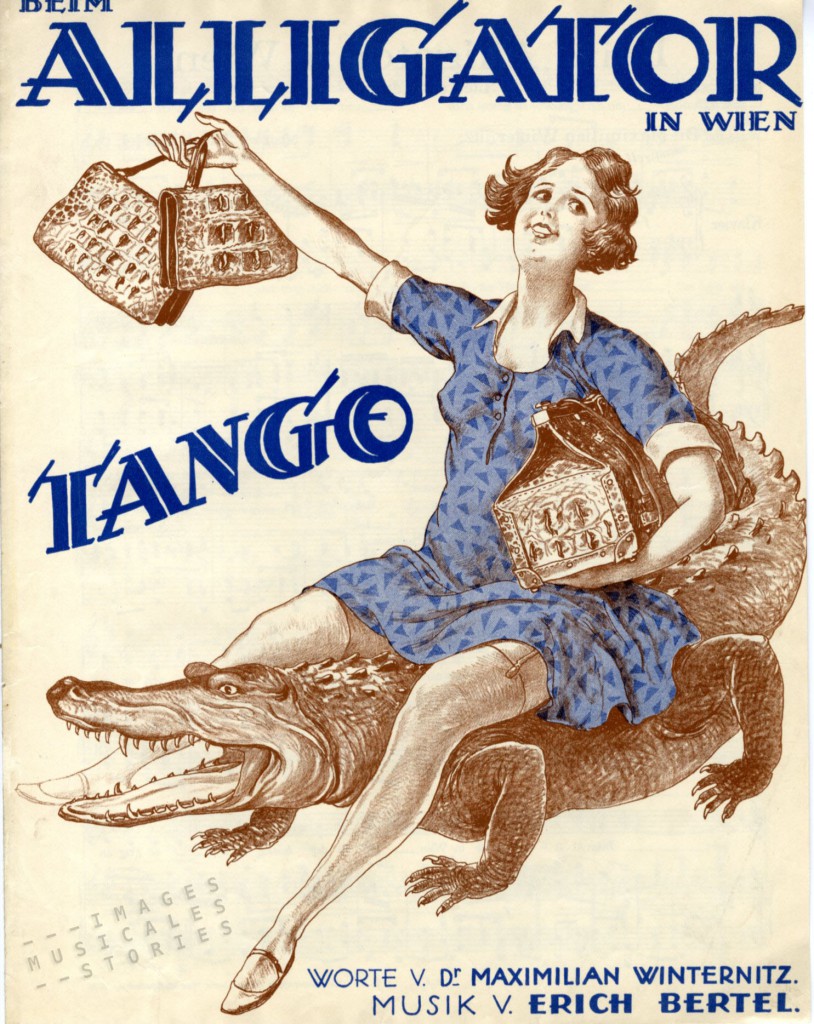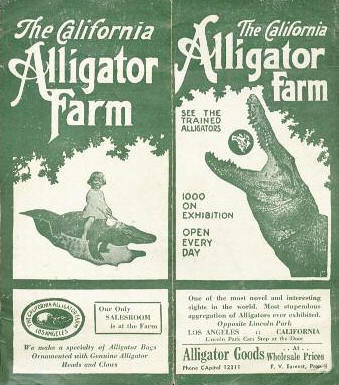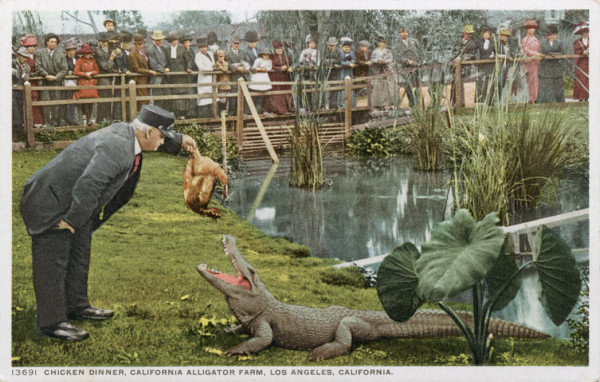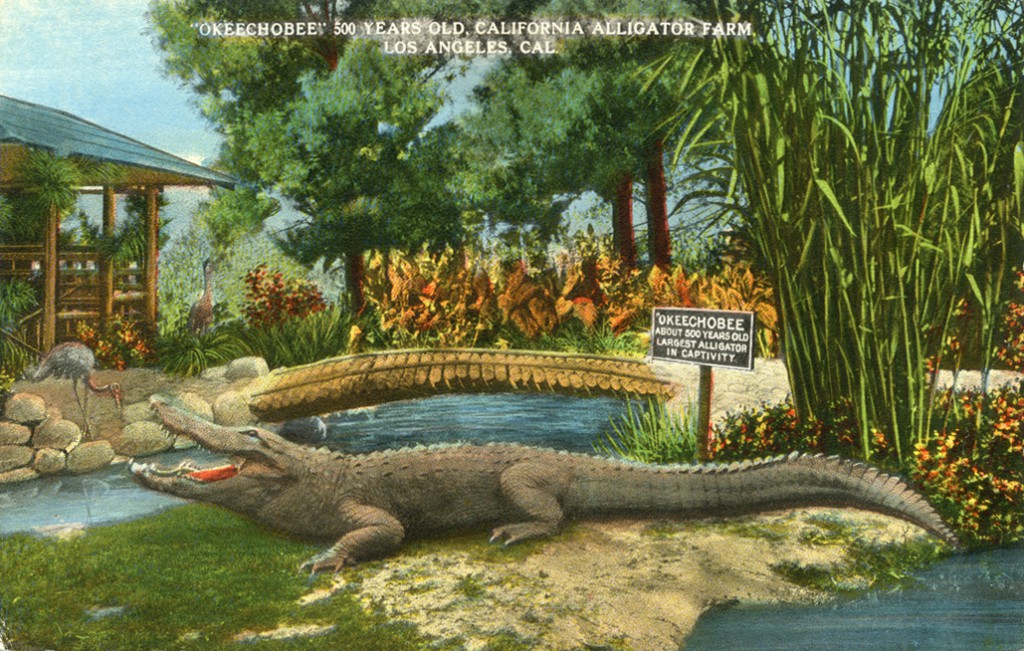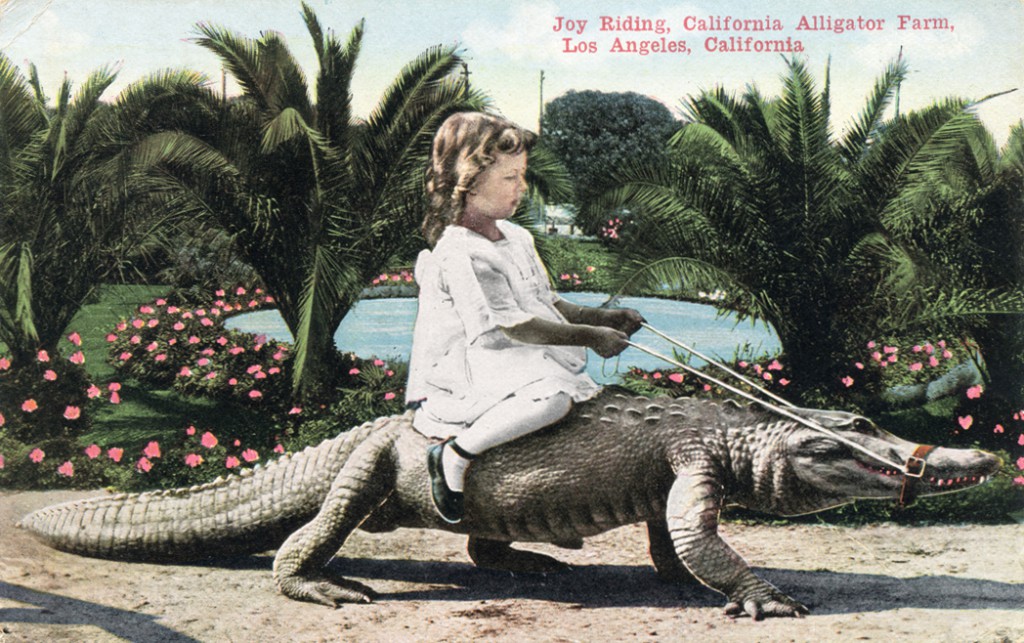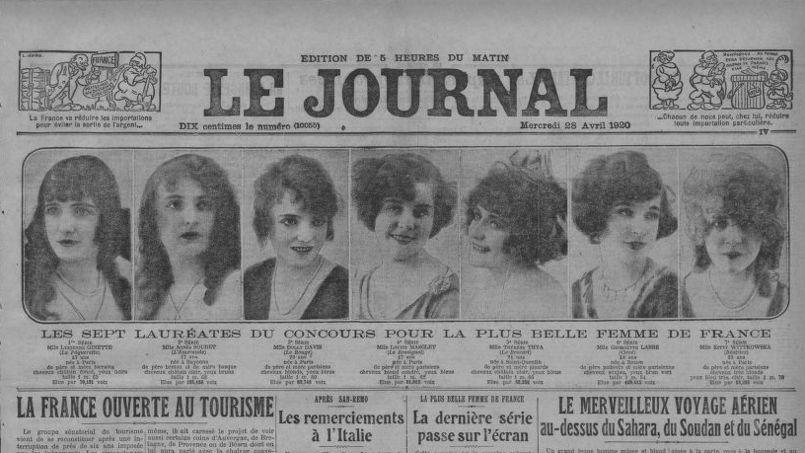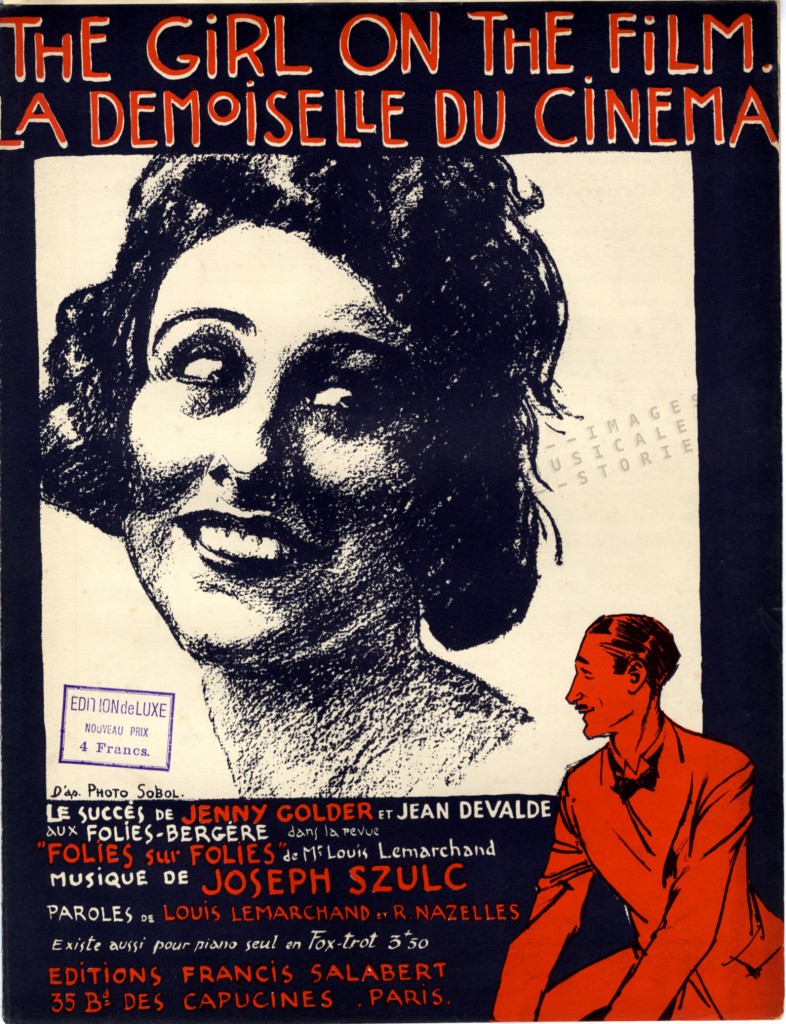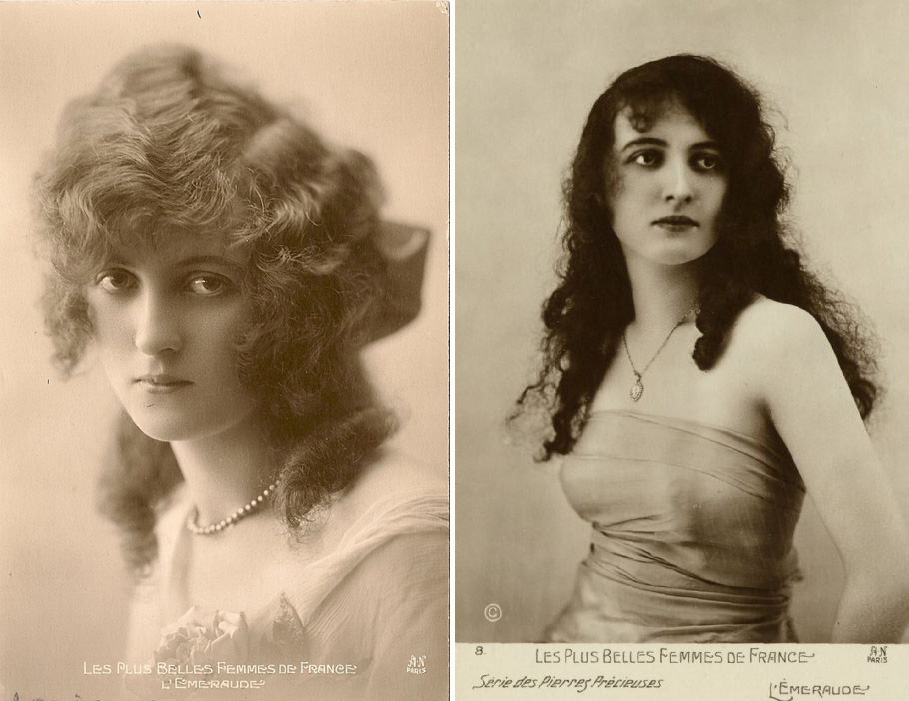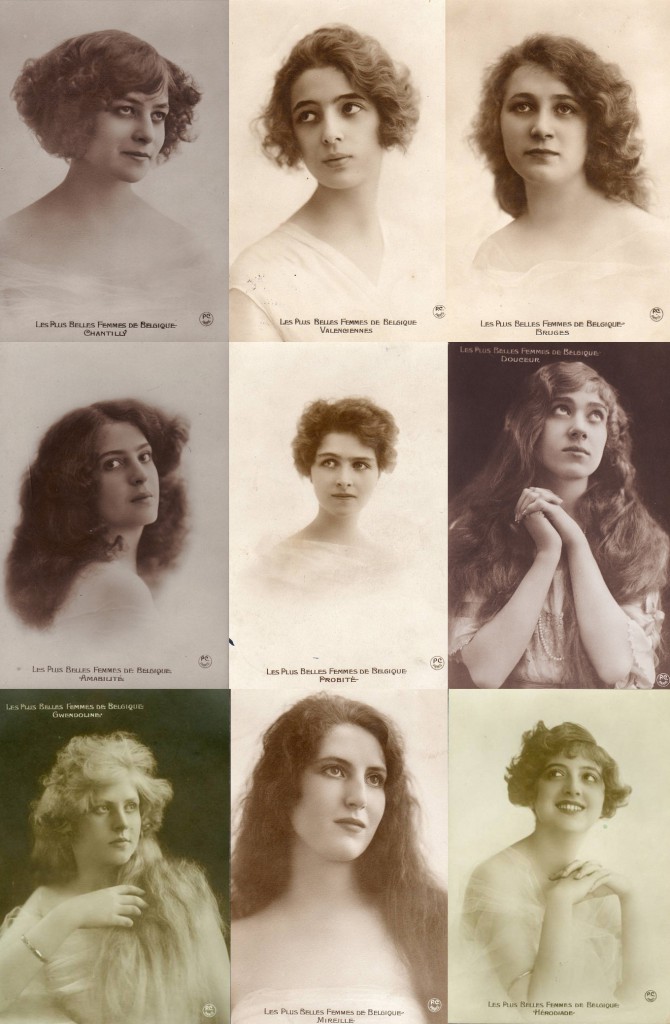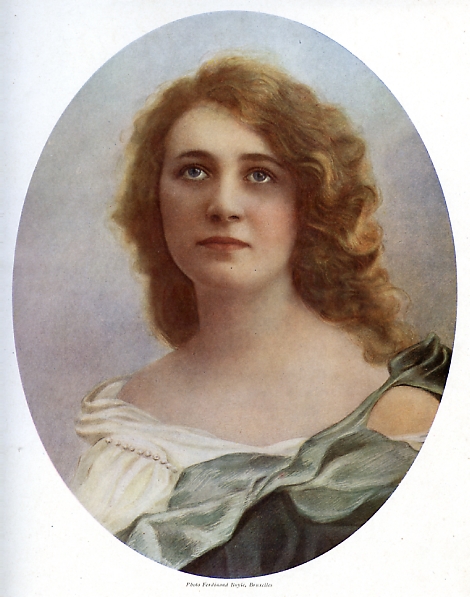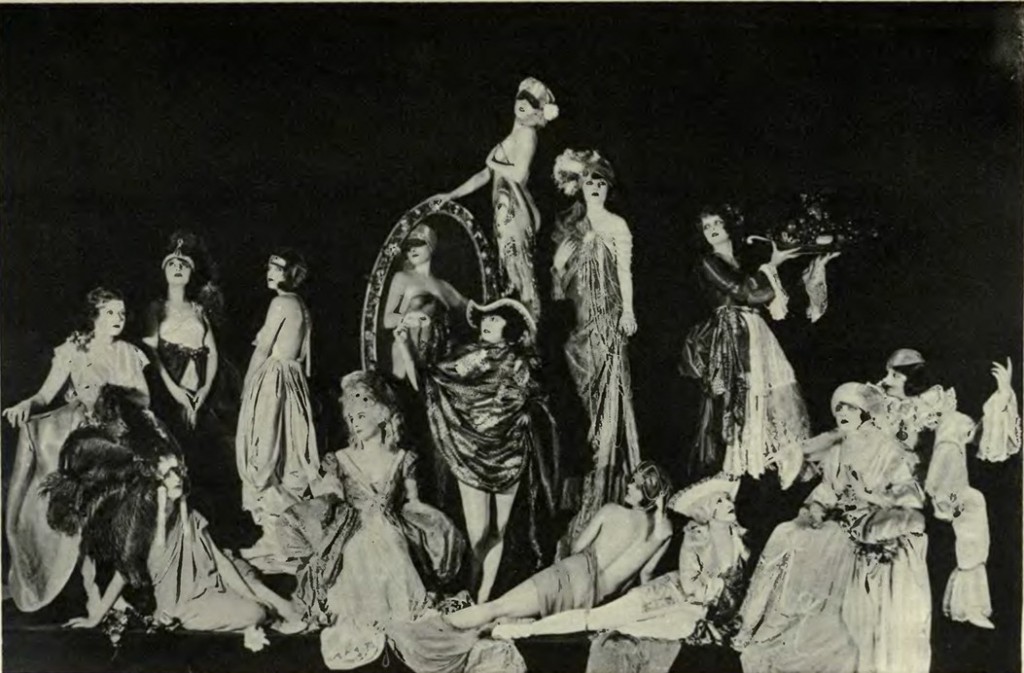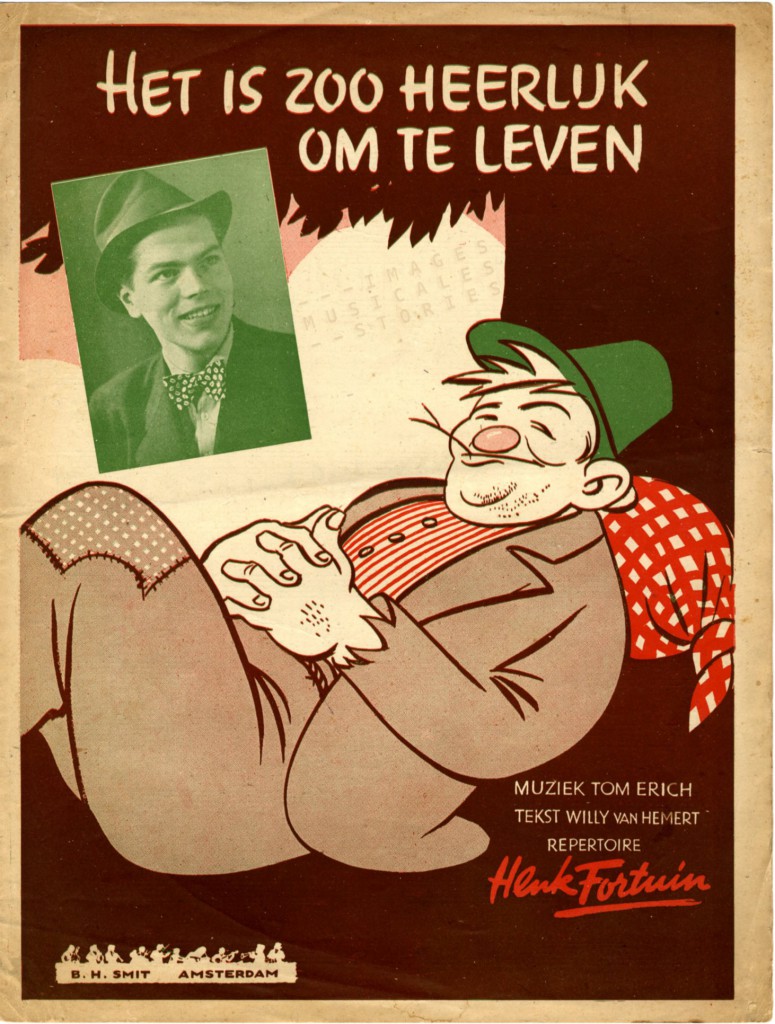
A few years back, we received this reaction on our Images Musicales website: “You have a cover of Henk Fortuin. He is my brother and this is the only known photo of him. He lived in Utrecht Holland and was killed in 1943 when a bomb struck the hospital he was performing at.
Thank you for letting us see this photo, it proves that he lived, and was loved.” The mail was signed by Mr. Efting from Canada.
Intrigued, we asked for more information and Arnold Efting told us the rest of the story. Henk Fortuin’s real name was Hendrik (Pieter Harrie) Van Grieken. His father, Arie van Grieken, sailed from Holland to Canada in 1923.
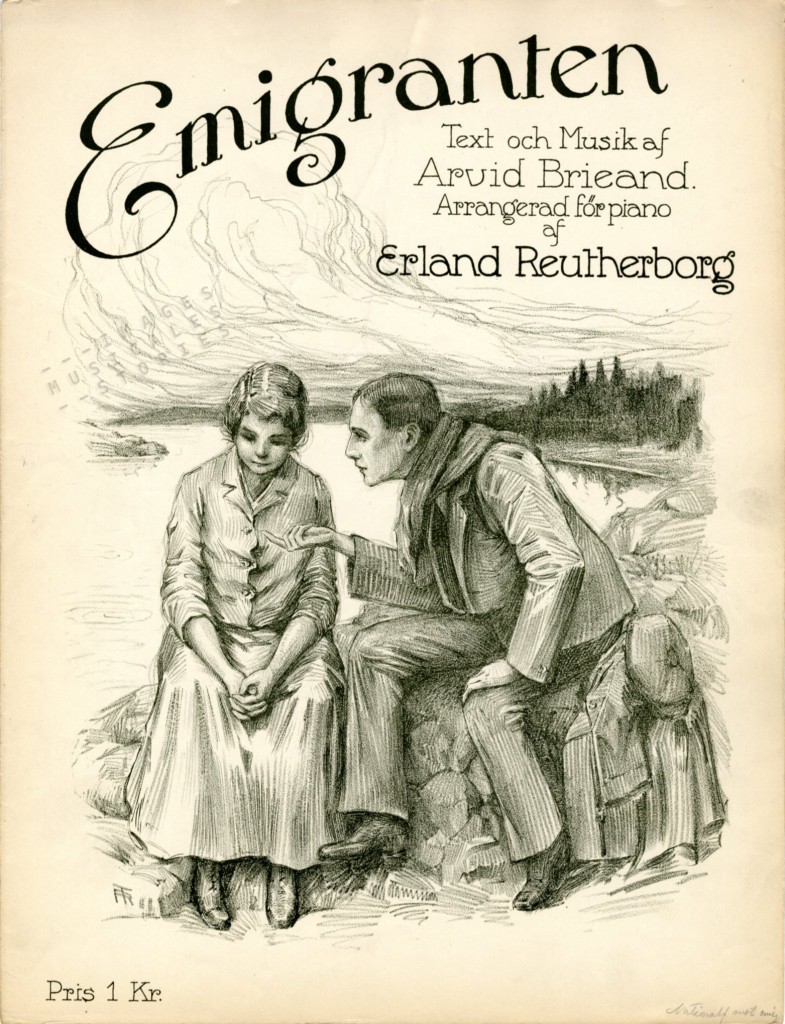
His plan was to settle there first, and then his wife Enjetta with their son Henk would follow. “But they never did, and my Father grieved for his first son for the rest of his life. He got tears in his eyes just talking about him.”
“Someone sent my father copies of Henk’s records (no, there are no covers for them, they are just in a brown sleeve). Arie would play the records over and over, tears running down his cheeks. We didn’t have any photos, and the information we do have is so sketchy. We believe he was in his early twenties when he died, we think in 1943 or 1945.”
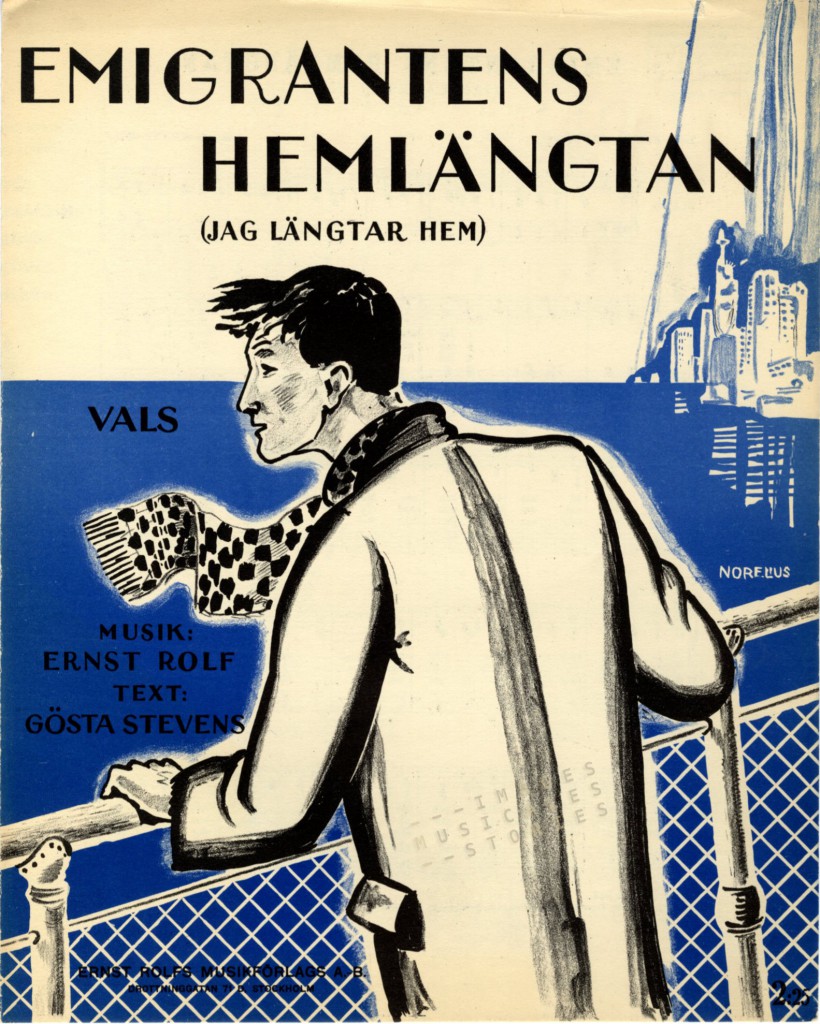
“In the 1950’s Arie legally changed his name from Van Grieken to Efting, his mother’s maiden name. Arie died in 1983 at the age of 88. We don’t know what happened to his first wife Enjetta Jansen. Arie had two more sons in Canada, Anthony born in 1941 and myself Arnold born in 1947. The photo on the album cover shows that Henk was the spitting image of his (my) father! What a thrill to find it. Thank you again!”
Only recently did we learn more on Henk Fortuin’s short life. For instance that he was born in 1919 in Assen (in the Dutch province of Drenthe), only ten days after the wedding between Arie and Enjetta. Henk was four when his dad left for Canada in 1923, for ever.
Henk’s stage name, Fortuin, wasn’t chosen arbitrarily. In 1925 his mother divorced Arie, and a year later she married Petrus Fortuin, a commercial manager living in Amsterdam.
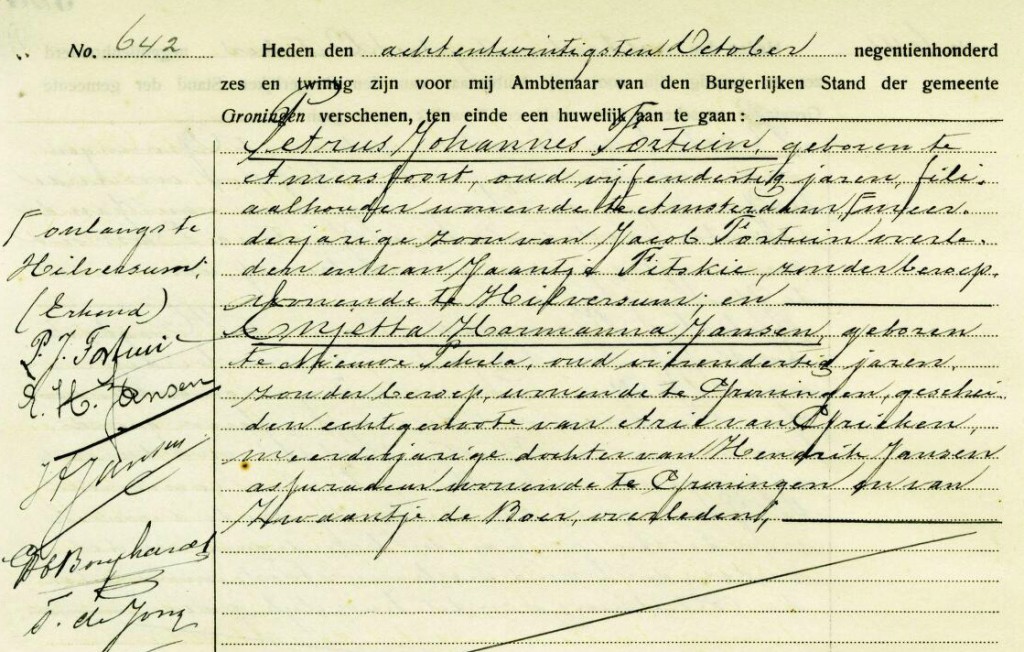
On the 10th of May 1940 the invasion by Nazi Germany shattered the neutrality of The Netherlands. The harsh military occupation and German civilian government started for five long years.

It is in the Dutch ‘Cinema en Theater‘ magazine of november 1943 that we find the first trace of Henk Fortuin’s career as a radio singer. A complete column is devoted to our artist, with the chit-chat so typical to show business.
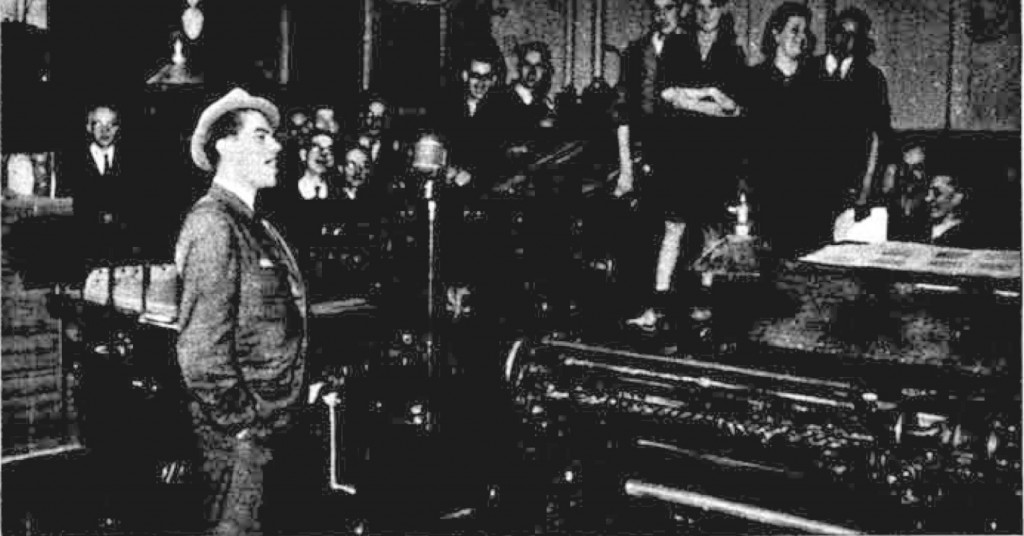
We learn that Henk is a merry radio singer, always wearing a sunny smile and tilted hat. He is serious about his career, works hard and takes singing lessons. Even though Henk is already successful, he remains the ‘simple boy from Groningen’. He tours with other artists and visits the workers in the factories to bring them happy songs. In the broadcasting studios he’s always bright, whistling happily.

Henk Fortuin’s name (together with that of ‘De Melodisten‘) regularly appears in weekly program lists, newspaper adverts and on some posters for concerts between 1943 and 1944. During those grim war years it was not obvious for an artist to be allowed to perform in public nor to sing on national radio.
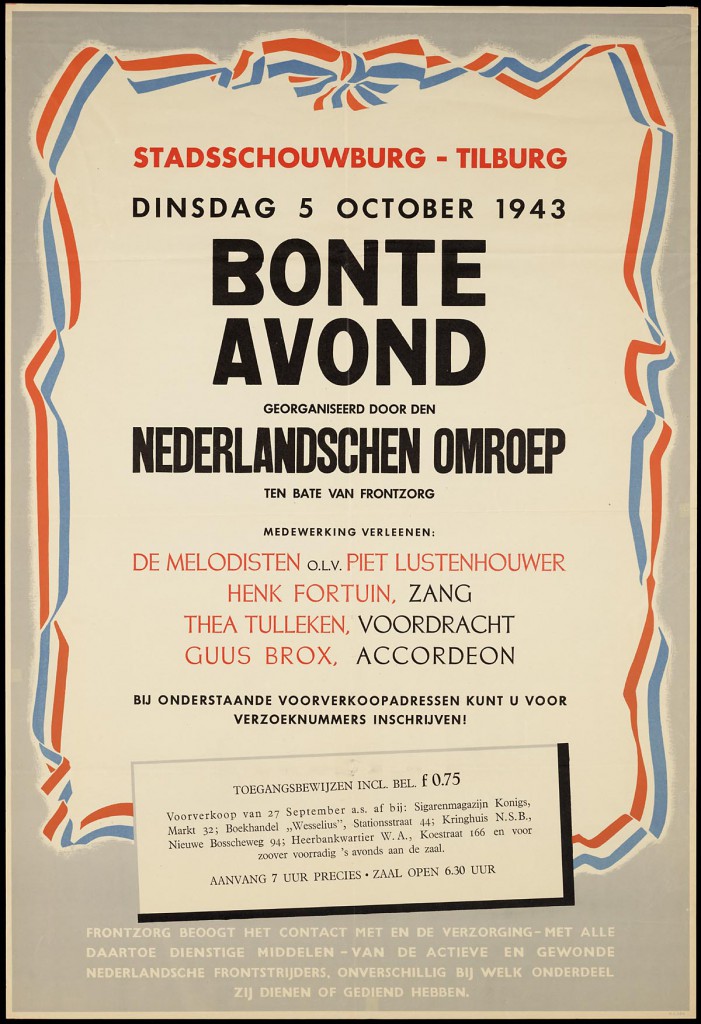
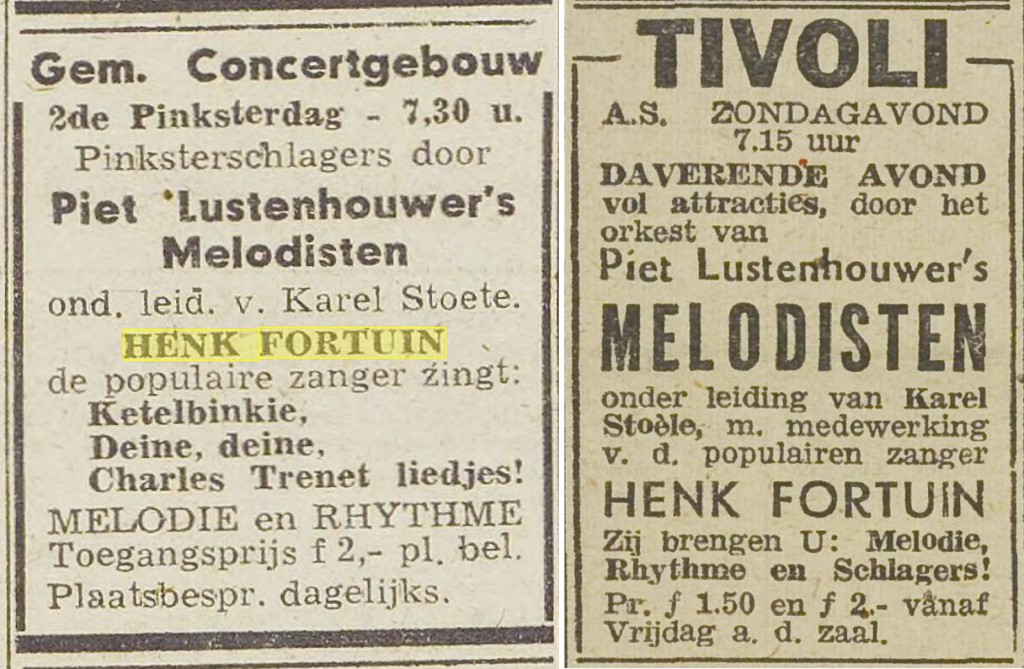
In 1944 Henk Fortuin was still very active touring all over the country. From an article in an Alkmaar newspaper we get the image of a popular singer, who fluently entertained the crowd with Dutch, German and French songs. The audience acclaimed him and happily sang along.

And then calamity struck Hilversum, the Dutch town synonymous for Holland’s broadcasting centre. A large-scale razzia happened on October 23, 1944.
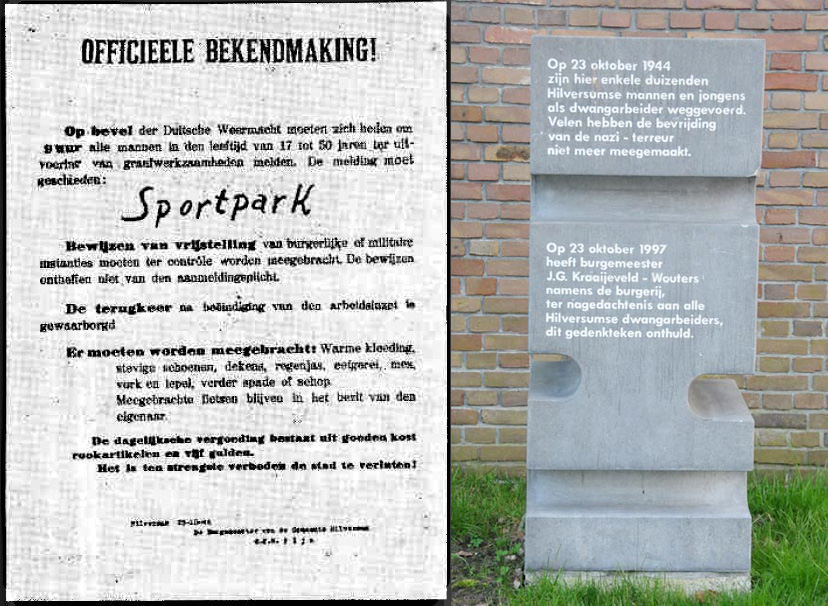
About 3500 men aged between 17 and 50 were forced by German soldiers to gather in the sports park in order to be registered for Arbeidseinsatz (forced labour). Broadcast employees weren’t exempted from duty. Later that day the men were put on several transports to Kamp Amersfoort.

Henk Fortuin probably ended up, together with fellow radio companion and jazz arranger Eddy Noordijk, in a small group that was dispatched to Leeden, a German village in Nordrhein-Westfalen. They were used as forced labourers for Organisation Todt doing construction work. In the end 600.000 Dutchmen shared a similar ordeal of forced labour in Germany. All in all it is estimated that 7,7 million non-German workers were thus used in the German war economy.
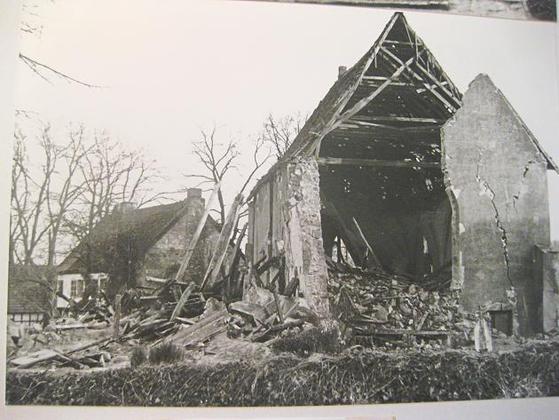
A few months later, on the night of February 7th, calamity struck again in Henk Fortuin’s life: the village was bombed by the Royal Air Force. The real target was probably a canal nearby. Fifty-two people perished. At least ten prisoners from Hilversum, sheltering in the school, were killed in the bombing. Henk Fortuin was buried in Leeden. His body was later moved to the cemetery of Apeldoorn-Loenen. Around 3600 victims are buried there, all graves almost inconspicuously dispersed on a 17 hectare large wood area. No straight lines of crosses but a winding path of uniformly white grave stones.
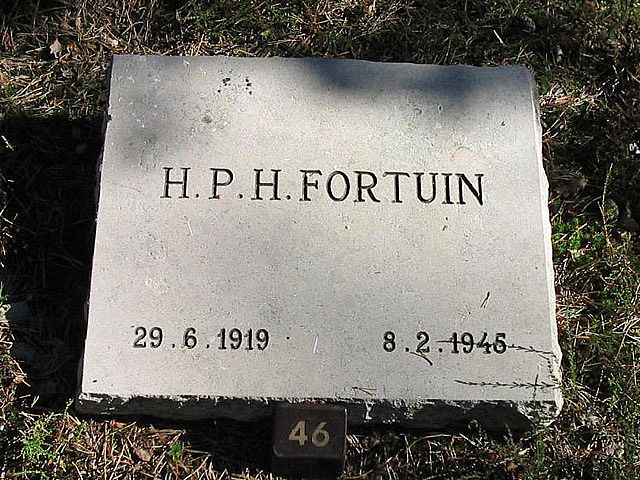
Henk’s mother Enjetta died in Groningen in 1974, followed by her second husband Petrus Fortuin two years later.


